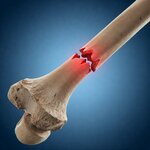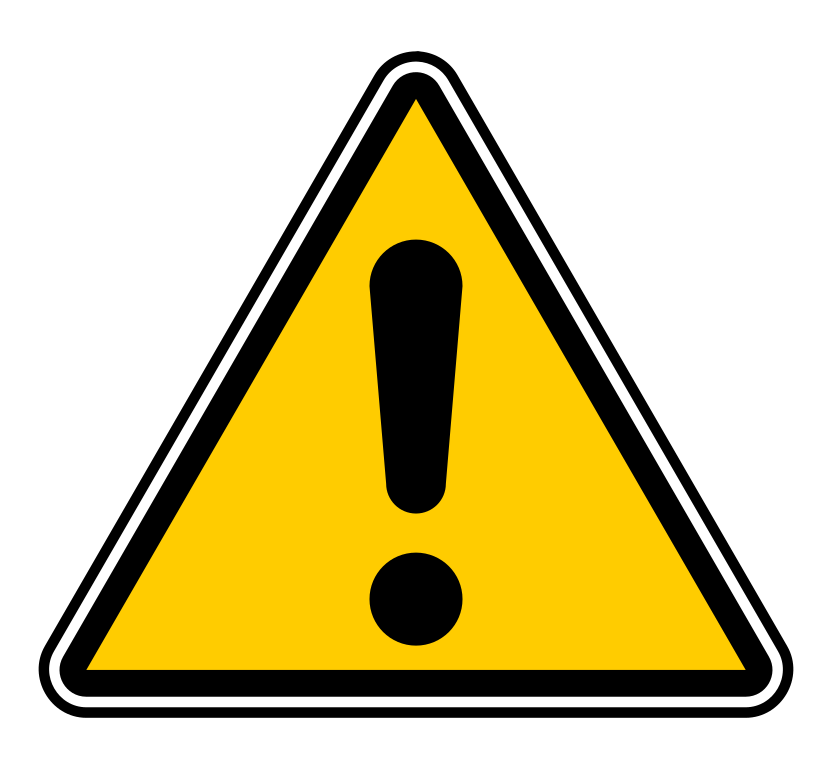Anatomy & Physiology for Coding Fractures
A fracture is a break in the continuity of a bone. Fractures can vary greatly depending on the force applied, the bone involved, and the individual's bone health.

Types of Fractures (Descriptive Terms):
The importance of Anatomy in Fracture Coding:
A fracture is a break in the continuity of a bone. Fractures can vary greatly depending on the force applied, the bone involved, and the individual's bone health.

Types of Fractures (Descriptive Terms):
- Closed (Simple): The skin remains intact.
- Open (Compound): The bone fragments protrude through the skin, increasing the risk of infection.
- Displaced: The bone fragments are not in anatomical alignment.
- Non-displaced: The bone fragments remain in correct anatomical alignment.
- Comminuted: The bone is broken into three or more fragments.
- Greenstick: An incomplete fracture where the bone is bent and partially broken (common in children).
- Spiral: A fracture caused by a twisting force.
- Transverse: A fracture line that is perpendicular to the long axis of the bone.
- Oblique: A fracture line that is at an angle to the long axis of the bone.
The importance of Anatomy in Fracture Coding:
- Specific Bone and Location: ICD-10-CM requires coding the specific bone fractured and the precise location on that bone. Anatomical knowledge is crucial for identifying this detail in the documentation.
- Type of Fracture: The description of the fracture (open/closed, displaced/non-displaced, comminuted, etc.) is essential for selecting the correct code within the specific bone category. Understanding the terminology used by physicians to describe fractures is key.
- Laterality: For paired bones (e.g., radius, ulna, femur, tibia), the laterality (right or left) must be specified in the code.
- Episode of Care:ICD-10-CM utilizes a 7th character to indicate the episode of care:
- A: Initial encounter for closed fracture
- B: Initial encounter for open fracture
- D: Subsequent encounter for fracture with routine healing
- G: Subsequent encounter for fracture with delayed healing
- K: Subsequent encounter for fracture with nonunion
- P: Subsequent encounter for fracture with malunion
- S: Sequela (late effects) Understanding the stages of fracture healing helps in selecting the appropriate 7th character for follow-up encounters.
- Associated Injuries: Fractures often occur with other injuries (e.g., ligament sprains, nerve damage). These associated injuries should be coded separately if documented. Anatomical knowledge helps in recognizing potential co-injuries based on the mechanism of injury and the bones involved.


